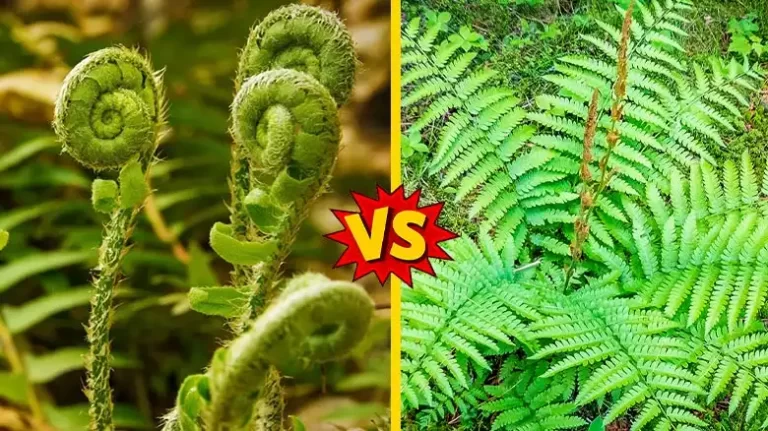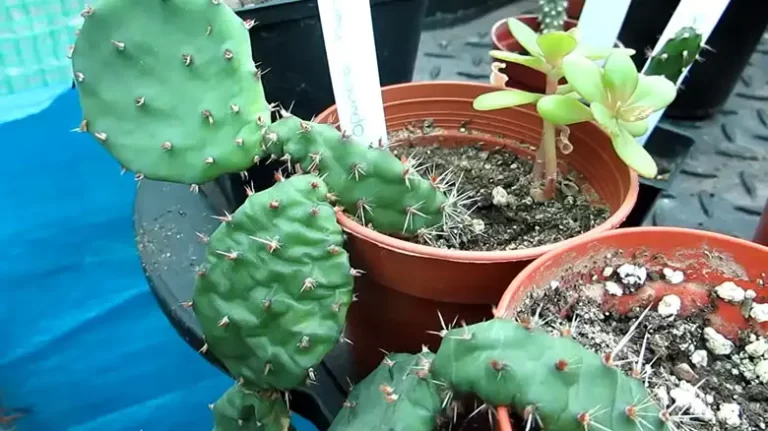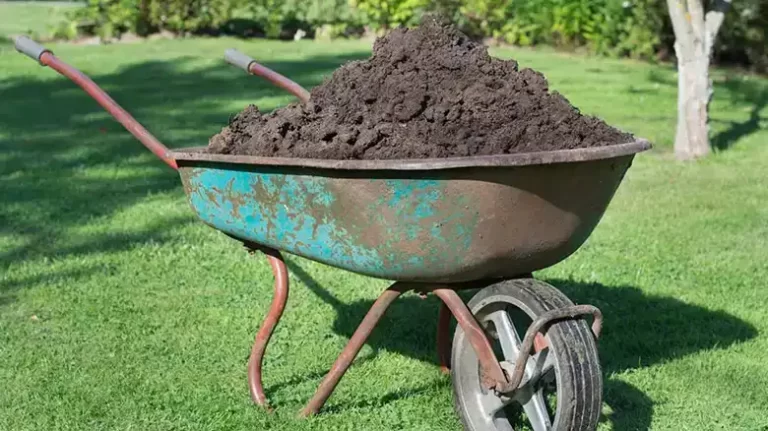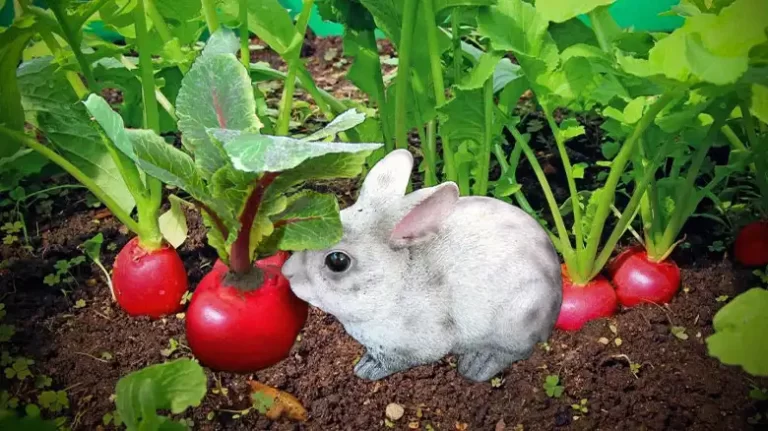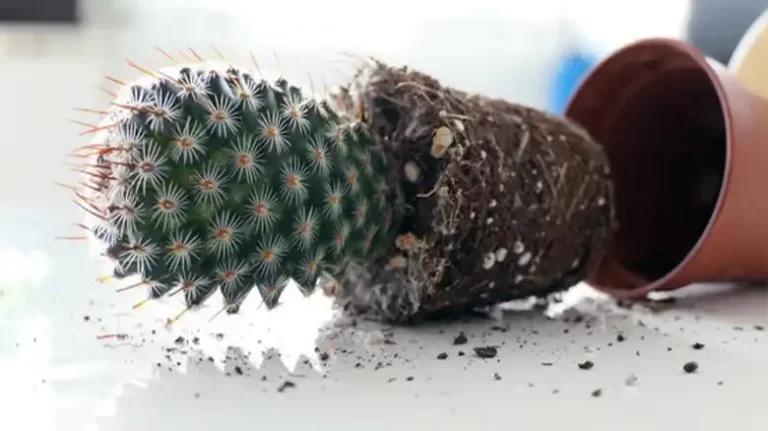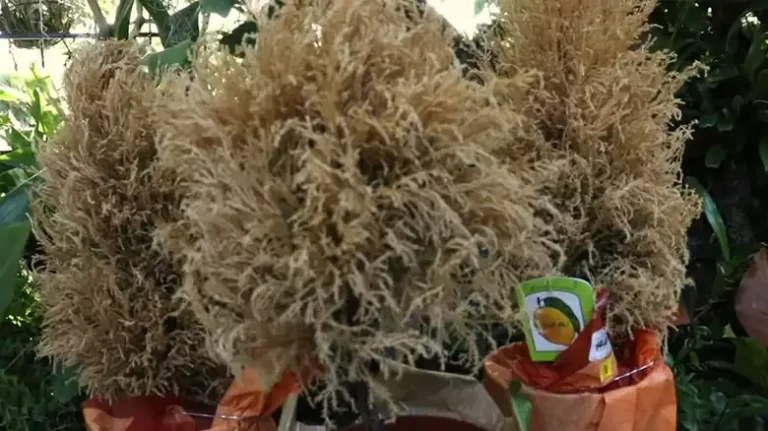Why Are My Elephant Ears Turning Brown
If you’re a proud owner of elephant ear plants (Colocasia, Alocasia, or Xanthosoma), you know they can be stunning additions to your garden or indoor space. However, the lush, green leaves that initially captivated you might eventually start to turn an unsightly brown.
Don’t despair – in this comprehensive guide, we’ll delve into the reasons behind this phenomenon and provide you with the knowledge to nurse your elephant ear plants back to health.
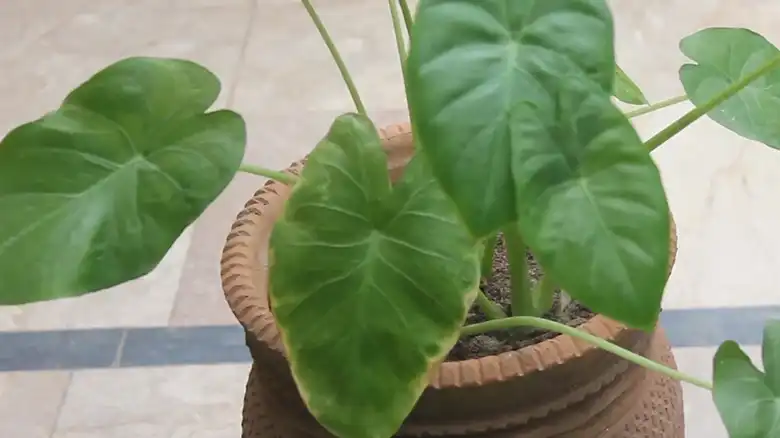
Common Causes of Brown Elephant Ears
When you invest time and care into your elephant ear plants, it can be disheartening to see their once lush green leaves turn a troubling shade of brown. To understand and address this issue effectively, we must explore the common causes behind the browning of elephant ear leaves. Let’s delve into these factors one by one:
1. Watering Woes
Overwatering: Overzealous watering can lead to root rot, suffocating your elephant ear plant and causing its leaves to turn brown. Signs of overwatering include overly damp soil, yellowing leaves, and an unpleasant odor. To remedy this, allow the soil to dry out between waterings and consider repotting if root rot is severe.
Underwatering: Conversely, insufficient watering can also result in brown leaves. When the plant lacks adequate moisture, it sacrifices older leaves. To rectify this issue, ensure you water your elephant ear plant thoroughly when the top inch of soil feels dry, and establish a consistent watering routine.
2. Sunlight Struggles
Too Much Sun: Excessive sunlight exposure can scorch the leaves, leading to brown patches. If your plant is receiving intense sunlight, consider relocating it to a shadier spot.
Not Enough Sun: Insufficient sunlight can hinder photosynthesis, causing brown leaves. Elephant ear plants require a balance of bright, indirect light to thrive. Make sure they receive the right amount of sunlight to maintain their health.
3. Soil-Related Factors
Poor Drainage: Inadequate soil drainage can create a breeding ground for root rot and subsequently lead to brown leaves. Opt for well-draining potting mix and pots with drainage holes to prevent waterlogging.
Soil Quality: The quality of your soil plays a crucial role in nutrient absorption. Improve your soil by adding organic matter to ensure your elephant ear plant receives the necessary nutrients for healthy foliage.
4. Pest and Disease Issues
Common Pests: Keep a vigilant eye for common pests like spider mites, aphids, and mealybugs, which can damage your plant’s foliage. Regular inspections and prompt treatment of infestations are essential.
Fungal and Bacterial Diseases: Fungal and bacterial diseases, such as leaf spot and root rot, can manifest as brown spots and wilting leaves. Employ fungicides and maintain proper plant hygiene to mitigate these issues.
5. Nutrient Deficiencies
Nutrient Imbalance: An imbalance in essential nutrients like nitrogen, phosphorus, and potassium can lead to brown or yellowing leaves. Correct nutrient deficiencies by using a balanced fertilizer.
Micronutrient Deficiencies: Inadequate levels of micronutrients such as iron and magnesium can also affect leaf color. Utilize fertilizers rich in micronutrients to address these deficiencies.
Seasonal Considerations of Elephant Ears
Elephant ear plants, known for their striking, oversized leaves, are a popular choice for both indoor and outdoor gardening.
However, if you’ve noticed your elephant ear’s leaves turning brown, it’s essential to understand how different seasons can impact the health and appearance of these plants.
Spring Care
As the days grow longer and temperatures begin to rise, spring marks the start of the growing season for elephant ear plants. Proper care during this time sets the foundation for healthy and vibrant foliage.
Preparing for Growth
In the spring, it’s crucial to assess your elephant ear plant’s condition. Trim away any dead or damaged leaves to encourage new growth. Repotting may also be necessary if your plant has outgrown its current container.
Sunlight Adjustment
As sunlight becomes more abundant, gradually acclimate your elephant ear to increasing light levels. Sudden exposure to intense sunlight can lead to leaf scorch, so provide partial shade initially and then transition to full sun as the plant adjusts.
Summer Maintenance
Summer can present challenges for elephant ear plants, particularly in regions with scorching heat. Proper maintenance during this season is vital to ensure your plant’s well-being.
Hydration Management
With the rising temperatures, your elephant ear will require more frequent watering to prevent soil from drying out completely. Ensure the soil remains consistently moist but not waterlogged. Adequate hydration is essential for healthy foliage.
Shade Provision
Protect your elephant ear from the harsh midday sun by providing shade or dappled sunlight. This can prevent sunburn and keep the leaves looking lush and green.
Fall and Winter Care
As autumn arrives, and winter follows, it’s time to transition your elephant ear plant into a period of dormancy. Proper care during these colder months ensures its survival.
Reducing Watering
With cooler temperatures and reduced daylight hours, your plant’s water needs will decrease. Allow the soil to dry out slightly between waterings to prevent overwatering during the dormant phase.
Indoor Transition
In regions with frost or freezing temperatures, consider moving potted elephant ear plants indoors or providing appropriate winter protection. This ensures that your plant remains safe and dormant until the return of warmer weather in the spring.
Troubleshooting Brown Elephant Ears
If you’ve noticed that the once lush and vibrant leaves of your elephant ear plants are gradually turning brown, it’s crucial to address this issue promptly.
Brown leaves are a clear indication that something may be amiss with your plant’s health. In this section, we’ll delve into the troubleshooting steps you can take to diagnose and rectify the problem, restoring your elephant ears to their former green glory.
Visual Inspection
Begin by closely examining your elephant ear plant. Take a thorough look at the leaves, stems, and overall appearance of the plant. Look for any signs of pests, diseases, or physical damage that might be causing the browning.
Soil Assessment
The condition of the soil your elephant ear plant is growing in can play a significant role in its overall health. Check the moisture level of the soil by inserting your finger into it. If it feels overly dry, your plant may be suffering from dehydration, whereas excessively soggy soil could indicate overwatering or poor drainage.
Sunlight Evaluation
Consider the amount and quality of sunlight your plant receives. Elephant ear plants thrive in bright, indirect light. Too much direct sunlight can scorch their leaves, causing browning, while insufficient light can hinder photosynthesis, leading to a similar issue.
Review Care Practices
Reflect on your care routine for your elephant ear plant. Are you watering it consistently? Are you providing the right amount of fertilization? Have you pruned away dead or damaged leaves regularly? Analyzing your care practices can help identify potential problems.
Pest and Disease Check
Inspect your plant closely for signs of pests or diseases. Common culprits include spider mites, aphids, mealybugs, and various fungal or bacterial infections. Look for unusual spots, webs, or any abnormal growths on the leaves or stems.
Root Health Assessment
The health of the plant’s roots is often overlooked but is crucial for overall well-being. Gently remove the plant from its pot and examine the roots. Healthy roots should be firm, white, and free from foul odors. If you notice mushy, discolored, or smelly roots, root rot may be the issue.
Adjust Watering Habits
Based on your soil assessment and the condition of the roots, adjust your watering routine accordingly. Overwatering and underwatering are common causes of browning leaves. Ensure the soil is consistently moist but not waterlogged, and allow the top inch of soil to dry out between waterings.
Prune and Trim
Remove any brown or damaged leaves and stems. Pruning helps redirect energy to healthy growth and prevents the spread of issues to unaffected parts of the plant. Use clean, sharp scissors or pruning shears for this task.
Soil Improvement
If poor soil quality or drainage issues are suspected, consider repotting your elephant ear plant into well-draining potting mix. This can help improve the overall health of the plant and prevent further browning.
Address Pest and Disease Problems
If you’ve identified pests or diseases during your inspection, take immediate action to treat them. Depending on the issue, this may involve using insecticidal soap, neem oil, or a fungicide. Follow the product instructions carefully.
Provide Proper Nutrition
Ensure your plant is receiving the right nutrients. Consider using a balanced, water-soluble fertilizer during the growing season (spring and summer). Proper nutrition can help your elephant ear plants recover and produce healthy green leaves.
Usual Questions
Are All Elephant Ear Varieties Susceptible to Browning?
Not all elephant ear varieties are equally susceptible to browning. While some may exhibit more resilience to environmental stressors, it’s important to remember that any variety of elephant ear plant can develop brown leaves if certain care conditions are not met.
Each variety may have its own specific requirements for optimal growth, so understanding your plant’s unique needs is key to preventing browning.
Can I Revive My Elephant Ear Plant if the Leaves Have Turned Completely Brown?
Reviving an elephant ear plant with completely brown leaves can be challenging, as these leaves are unlikely to recover their original green color. However, there are still steps you can take to help your plant regain its overall health.
Start by identifying and addressing the underlying issue, such as correcting watering habits, providing appropriate sunlight, and improving soil quality. Trim away the completely brown leaves and continue to care for the plant as usual, focusing on promoting healthy new growth.
How Often Should I Fertilize My Elephant Ear Plants?
Fertilizing your elephant ear plants is an important aspect of their care routine. During the growing season, which typically includes spring and summer, you should aim to fertilize your elephant ear plants every 4-6 weeks.
Choose a balanced, water-soluble fertilizer that provides essential nutrients, including nitrogen, phosphorus, and potassium.
Final Verdict
In conclusion, brown elephant ear leaves can be distressing, but they are often indicative of underlying issues that can be resolved.
By understanding the common causes, seasonal considerations, and troubleshooting techniques outlined in this guide, you can ensure your elephant ear plants thrive with vibrant, lush foliage.
Remember that patience and attentive care are key to maintaining the beauty and health of these magnificent plants.
